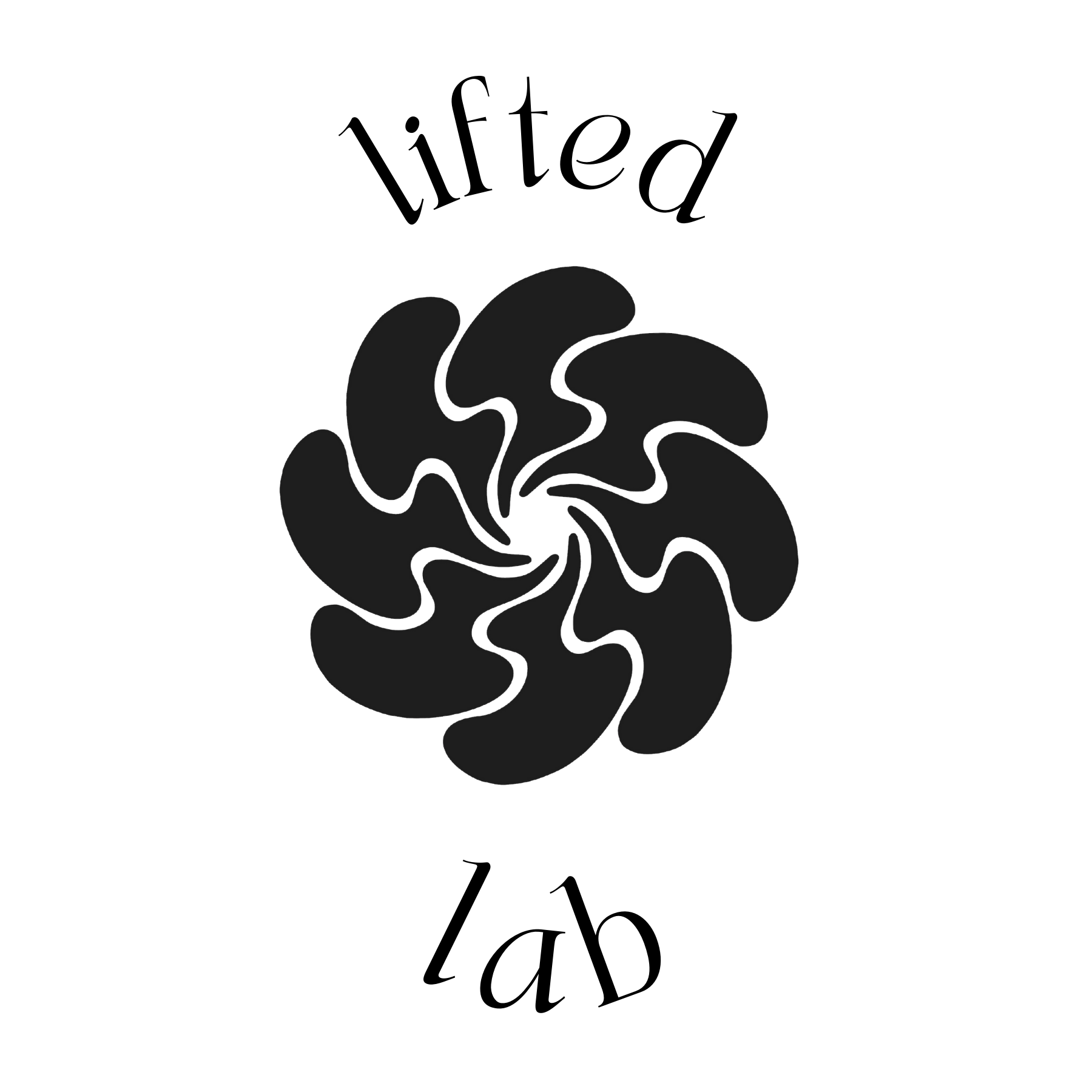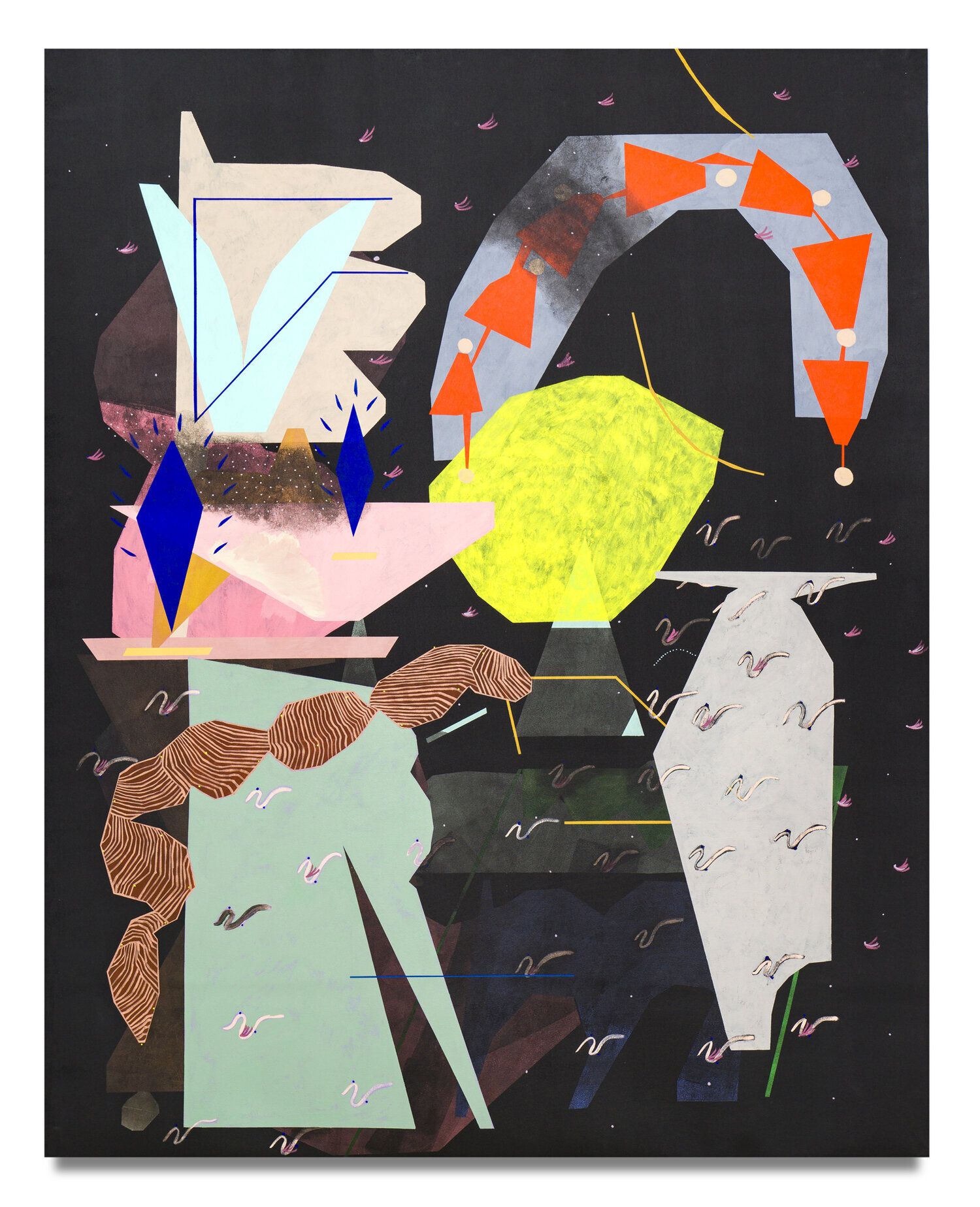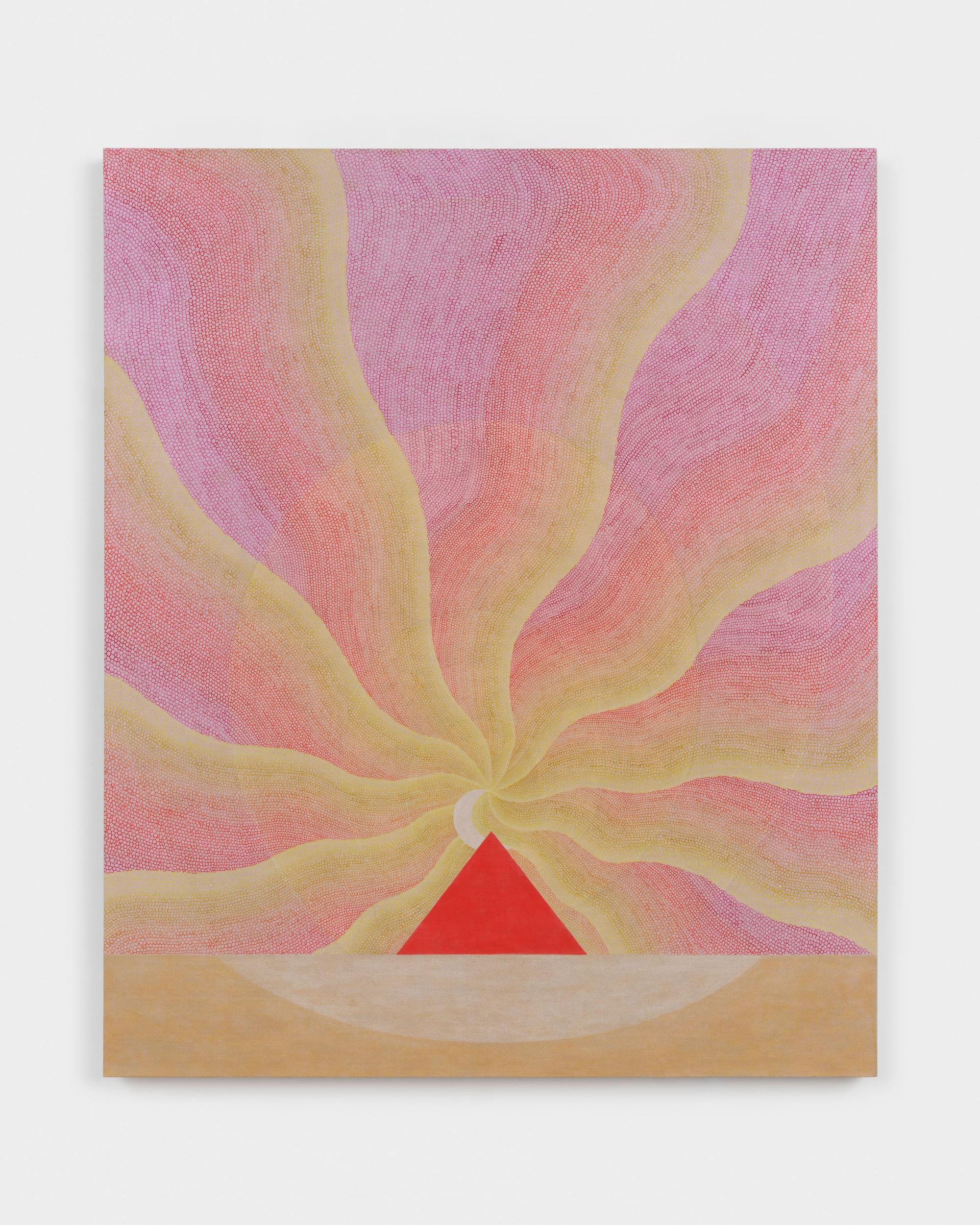Joani Tremblay “The whole time, the sun”










Joani Tremblay mines virtual, physical, utopian, remembered, and real places to create composited landscape and skyscape paintings in oil. In these works, idyllic expanses are framed by fragments of domestic and built environments such as thresholds and plants. Sun-soaked and imbued with the transcendentalist spirit and tenor of the American modernists of the Southwest, their work oscillates between representation and abstraction. Tremblay’s worlds activate an illusory median where perception and schemata are distilled to form new psychological oases.
The whole time, the sun is the title of a poem by Sarah Burgoyne, itself borrowed from a translation of Albert Camus’ The Stranger; each subsequent stanza is channeled from Camus and Sara Ahmed, a leading postcolonial feminist theorist. By means of refraction and recontextualization, the framework of the exhibition suggests a recursive reorientation and existential incantation. Grounded in the words of their peers and forbears, Tremblay affirms their conceptual genealogy, finding oxygen by untangling and reweaving sticky notions of place in relation to the social. Invoking Camus via Burgoyne: “The day, already bright with sun, hit me like a slap in the face.”
--
How do you own the sun?
You enter the valley of yellow sulfur mountains. You enter, always, through archways. You enter when you learn that for alchemists, sulfur is the soul. A symbol of luxury is hard to grow. Lemons are fussy, needing water, light. Now everything can be a frame. A feeling is starting. If the sun knocks at your door. If the sun. If the sun knocks and you look through the peephole, you go blind.
Open the door. The painting is on foot. The painting is lost. The painting encounters a gargantuan desert hare. Fear is in annihilating the gap. The gap is what creates longing. This feeling is carried into sky.
By sky you mean vastness and vastness means room for questions. You must have leapt and turned around. A small abstraction is the addition of violence. Curve yourself into it. You are selling vastness to the sun. Architecture helps. The poem is architectural. When you read it, it changes / the atmosphere of the painting. Approach the light slantwise and you will have many suns on the tip of your tongue.
There’s an imperfect symmetry to any sort of grasping. The wheat field makes a soft sound against the heat. Paper folds around your view. To be honest is to show traces. Get moving. Shed the shade and the fruit. Enter the desert. To paint the heat in the winter is to extend an elegy. Send your winterless elegy on a walk. When you listen to a secret language incessantly, you discover. It is not words that name, but loss. Enter homesickness. You were not born here but this is where you belong. It’s a feeling. What it means to live with a work of art / of a place invented by longing. To move from your soul’s tropics to its desert. Ah. At last. You are no longer in March.
—Sarah Burgoyne
Press release and images via Harper’s Books, NYC



